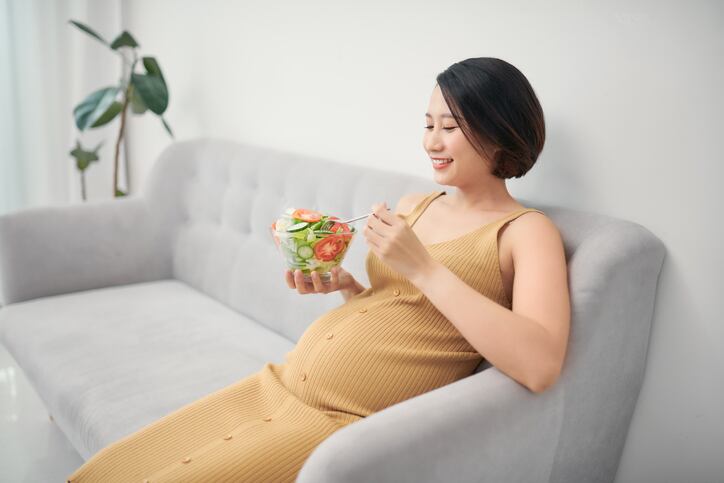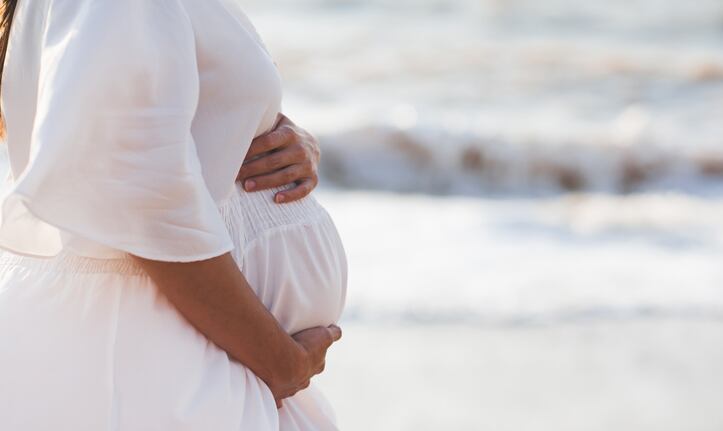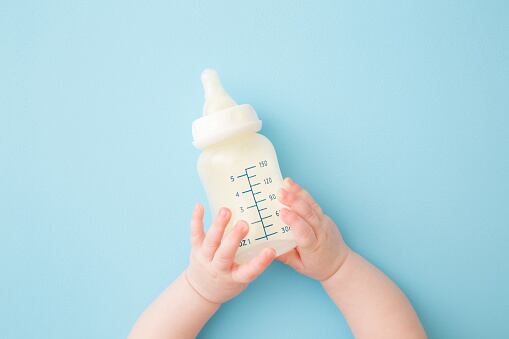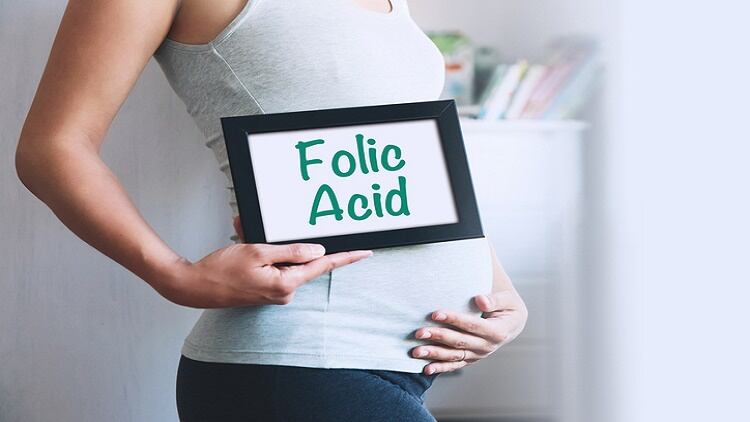As part of pre-natal care, dietary assessment plays an important role in maternal and foetus health.
The current methods used to assess dietary assessment are the 24-hour dietary recall and weighed food record.
The 24-hour dietary recall is the most common method used during prenatal care in China for its simplicity. However, it mostly relies on self-reporting and risks recall bias.
The weighed food record is widely accepted as the gold standard of dietary assessment, however it is expensive, time- and labour-consuming, which leads to low participation rates and high exit rates.
It is generally only used for pregnant women with nutrition-related diseases, such as gestational diabetes mellitus, and is not suitable for healthy pregnant women.
So, in this study, researchers developed a novel WeChat Applet for image-based dietary assessment (WAIDA), which allows users to capture images of their foods and upload it onto the server.
Researchers chose the host the app on WeChat Applet also known as the WeChat Mini Program which has 400 million Chinese users daily.
The app can be opened directly on WeChat without downloading the application package unlike traditional mobile applications. It allows a rapid transfer of digital data between pregnant women and doctors, reduces burden on respondents and is a convenient option.
Researchers will analyse the difference between the WAIDA and recall method, using the reference point as the weighed food method.
Study protocol
From November 2020 to April 2021, 251 healthy pregnant women in their second trimester (13 to 27 weeks) were enrolled at the maternity clinics of Danyang People’s Hospital, Jiangsu Province, China.
On the first day, the researchers prepared lunch for the participants, and conducted a weighed food record where the raw and cooked weights of each food type was measured, and food intake of each pregnant woman was calculated.
For participants, they were taught to use WAIDA to record food images using the WeChat Applet, capturing in three different angles, and completing the food description including food name and ingredients.
After lunch, the same method was used to photograph the unfinished food.
Data is generated on daily energy and nutrient intake and fed back to the users on WAIDA.
On the second day, the participants returned, and researchers conducted a dietary recall.
More accurate than dietary recall
From the recall data, participants were found to underestimate the food weight of all food groups except for rice and its products, fish, shrimp, and shellfish, and livestock meat and poultry.
The study also found that they underestimated the energy and nutrient intake via the recall method.
On the other hand, the data estimated by the WAIDA method showed less deviation and was closer to the actual values calculated using the weighed food method.
Although WAIDA’s values were closer to the gold standard than dietary recall, the data still had some disparity.
“This may be due to the relative ability of dietary assessors to identify and quantify food in images. For example, indefinite-configuration foods such as dumplings, wonton, porridge, and soup, will make the estimation process cumbersome and complex, thus affecting the accuracy of the data,” researchers wrote in Nutrients.
Strengths
However, its strengths lie in removing the need for food to be weighed, or accurately recalled.
In addition, WAIDA’s method requires taking images of food from three angles (directly above, 45° angle in front and 45° angle behind) which reduces the errors in food type identification and food quantity estimation. Most image-based dietary assessments tend to only take into account images taken at the front 45°, according to researchers.
“The WAIDA method is consistent with the food weighing method, and close to the real value of dietary data, and expected to be suitable for dietary assessment in prenatal care,” they said.
Limitations and recommendations
This study only investigated a lunch meal, which does not represent a daily diet.
Ultimately, researchers hope WAIDA can be used to evaluate the diet quality of pregnant women during the whole pregnancy, where participants can upload images of their breakfast, lunch, supper, and snacks.
This study demonstrated that the WAIDA method is a simple and effective method for dietary evaluation.
“This would confirm its value as a tool to monitor the dietary quality, energy, and nutrient intake of pregnant women in prenatal care in China.”
Future studies should explore the validity of WAIDA in a larger, more representative sample and employ nutritional biomarkers of diet to reflect the usual intake.
Source: Nutrients
https://doi.org/10.3390/nu13093158
“Evaluation of a Novel WeChat Applet for Image-Based Dietary Assessment among Pregnant Women in China”
Authors: Ye Ding, et al.




